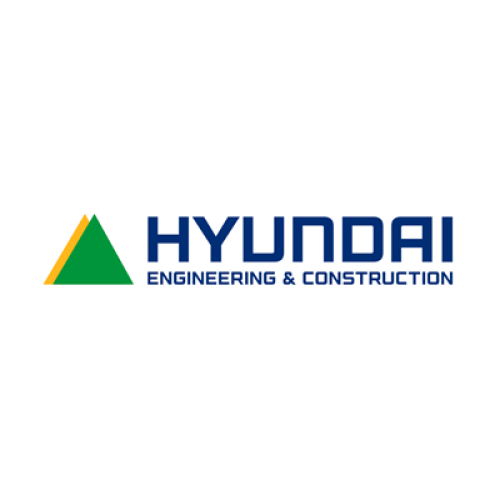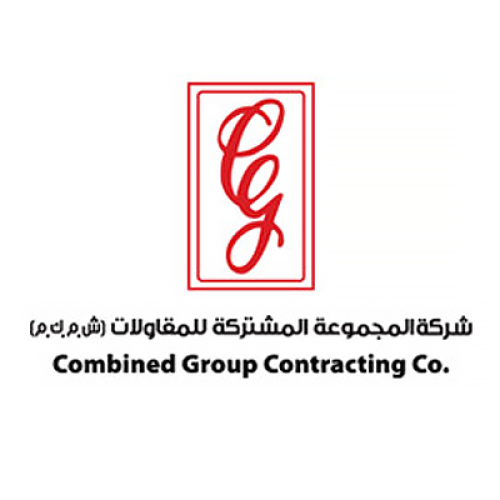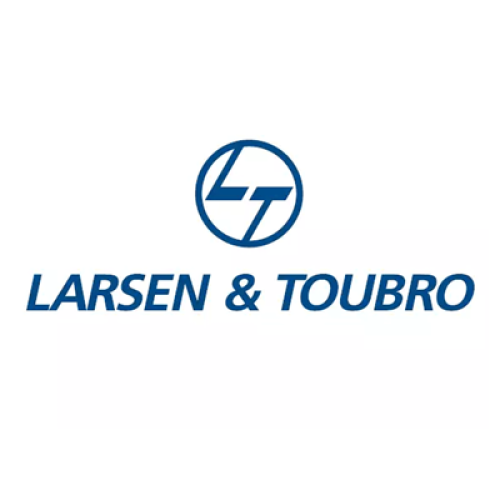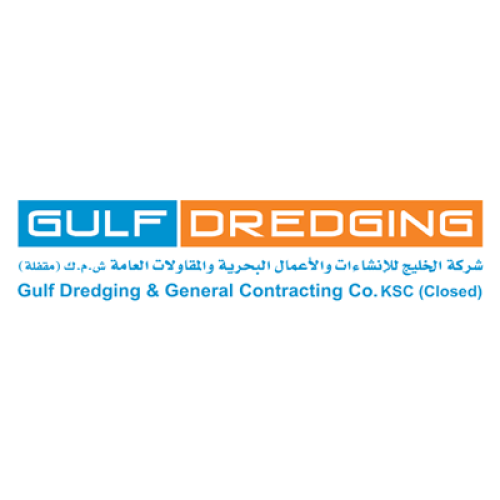
Extension of Time in Construction Contracts
An Extension of Time (EOT) is a clause in most of construction contracts offering the contractor the possibility to extend the construction period when a delay occurs. That delay must not be the contractor’s fault but caused by a distinct relevant event. There is a wide variety of events that could potentially disrupt a construction process and entitle the contractor to an EOT. Some relevant events are frequent, like failure to provide information, variations, or delay in giving the contractor possession of the site. Other relevant events are rare and rather unpredictable in the long term, like civil unrest, exceptionally adverse weather, or war.
When a delay happens or is about to happen, the contractor has to give written notice to the consultant/client. Such notice must clearly identify the relevant event responsible for the delay, as well as prove the causality between the disrupting force and the delay itself. If the other party shares the same view on what caused the delay, they usually grant the EOT and adjust the completion date accordingly. The completion date is a vital temporal landmark in the life of a construction project. Such a date establishes a clear limit for the main scope of works included in the contract to be completed.
EOT requests have to be thoroughly prepared before submission to maximize clarity and facilitate agreement. After identifying the responsible relevant event, the contractor has to link it to the contract clause that allows for the request. However, that is not always enough. The construction project can deviate from the baseline programme produced at the start of the contract, without that programme being updated to account for drops in productivity. In that case, the contractor might have difficulties separating delays occurring from its own fault from delays related to the relevant event. Besides causality, the claim for extension should also address liability. In other words, the contractor provides proof that they fully understand their responsibilities. Often, EOT requests have to be submitted in a certain time window to retain their validity.
Successful claims are reliant on good practices regarding documenting the delays. The contractor should be able to record when and why the relevant event occurred and output a list of resources, tasks, and activities that it directly or indirectly affected. It helps to have proof of all actions or alternative solutions taken to minimize the delay, as well as quantify all associated costs. Once all the available information is gathered, the contractor deploys a Delay Analysis meant to estimate the impact on the project completion date. Construction contracts are generally geared on allowing the construction period to be extended when the contractor has no fault in the delay and has formulated an EOT application. However, not all claims are successful. An application can be rejected when it is proven that the contractor has actually underperformed. Judging claims for extensions of time is more complicated when concurrent delays occur. For example, a contractor already not keeping up with the programme due to a force outside their control (excusable delay) might also have been the cause for a different delay (inexcusable) where both of these delays’ effects are felt simultaneously. Usually, in this case, the contractor would claim for an EOT award and avoid paying liquidated damages while the owner is relieved from compensating the contractor for its prolongation costs.
MMA Law










































Leave a Comment